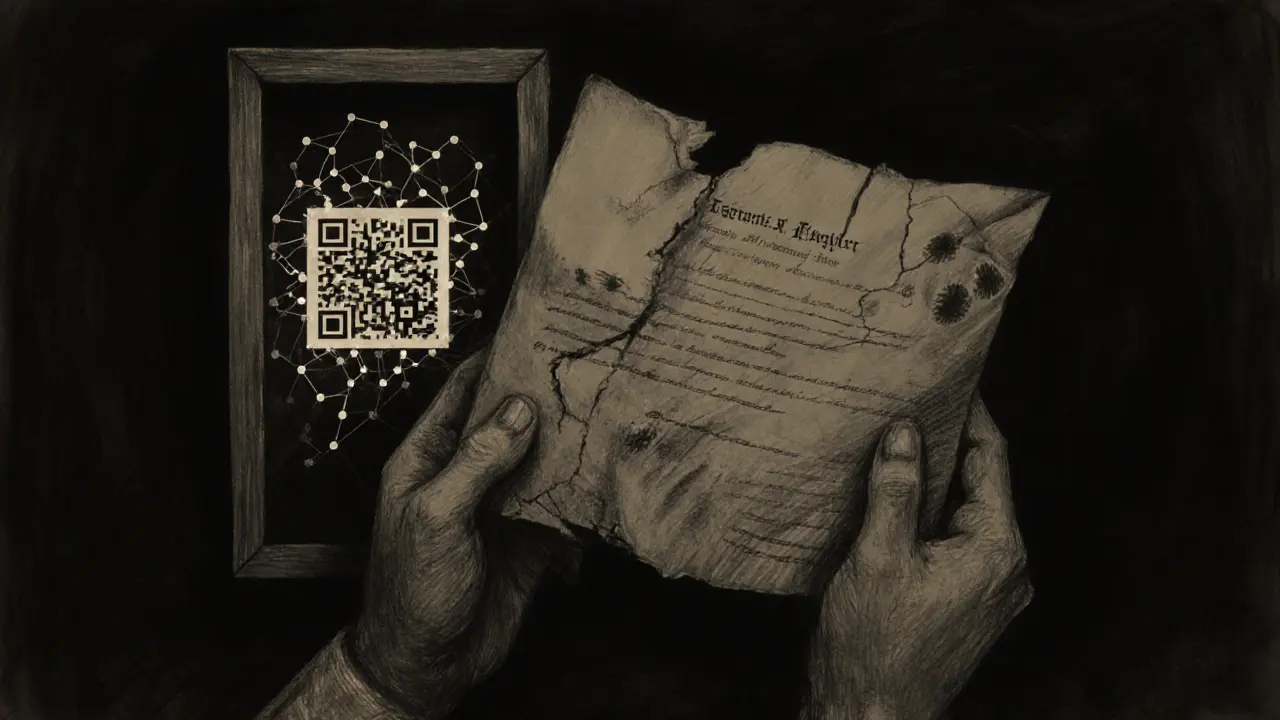Blockchain provenance offers an unchangeable digital record of art ownership, while traditional methods rely on fragile paper documents. Learn how blockchain stops fraud, boosts trust, and gives artists lifelong royalties.
NFT Art Verification: How to Spot Real NFTs and Avoid Fake Ones
When you buy an NFT art verification, the process of confirming that a digital artwork is original, owned by the claimed creator, and recorded on a blockchain. Also known as NFT authenticity check, it’s the only way to know if you’re paying for real art—or just a copied image. Most NFTs you see online aren’t verified. They’re screenshots, stolen art, or fake minted tokens with no link to the original creator. Without proper verification, you’re just buying a JPEG file with no legal or digital ownership behind it.
Real NFT art verification relies on three things: the blockchain record, the creator’s wallet signature, and the marketplace’s verification badge. If any of those are missing, it’s not real. For example, some scams use fake OpenSea profiles that look official but have no blue checkmark. Others copy popular NFT projects like Bored Apes and mint them under different names. You might see a price tag of $10,000—but if the wallet that minted it was created yesterday and has no history, it’s a trap. Tools like Etherscan or Solana Explorer can show you the full transaction history, but most buyers don’t check. That’s why so many people lose money.
Verification isn’t just about the art—it’s about the people behind it. A verified artist will have a consistent public presence, past work, and active social accounts. If the creator’s Twitter is empty or their website looks like a template from 2015, walk away. Even if the NFT looks good, if you can’t find who made it, it’s not worth the gas fee. Some projects even offer on-chain proof of creation, like a timestamped mint date tied to the artist’s wallet. That’s the gold standard. Anything less is guesswork.
And don’t trust airdrops or free NFT claims. Many so-called "free NFT art verification" offers are just phishing links designed to steal your wallet keys. You’ll see posts saying "Claim your free Bored Ape NFT"—but if you click, you’re signing a transaction that gives hackers control of your crypto. Real NFT verification never asks for your private key. It never sends you a link. It just shows you the chain of ownership, clearly and openly.
Below, you’ll find real-world breakdowns of NFT scams, verified projects, and how to protect yourself. No fluff. No hype. Just what actually works when you’re trying to tell the difference between a valuable piece of digital art and a digital ghost.

